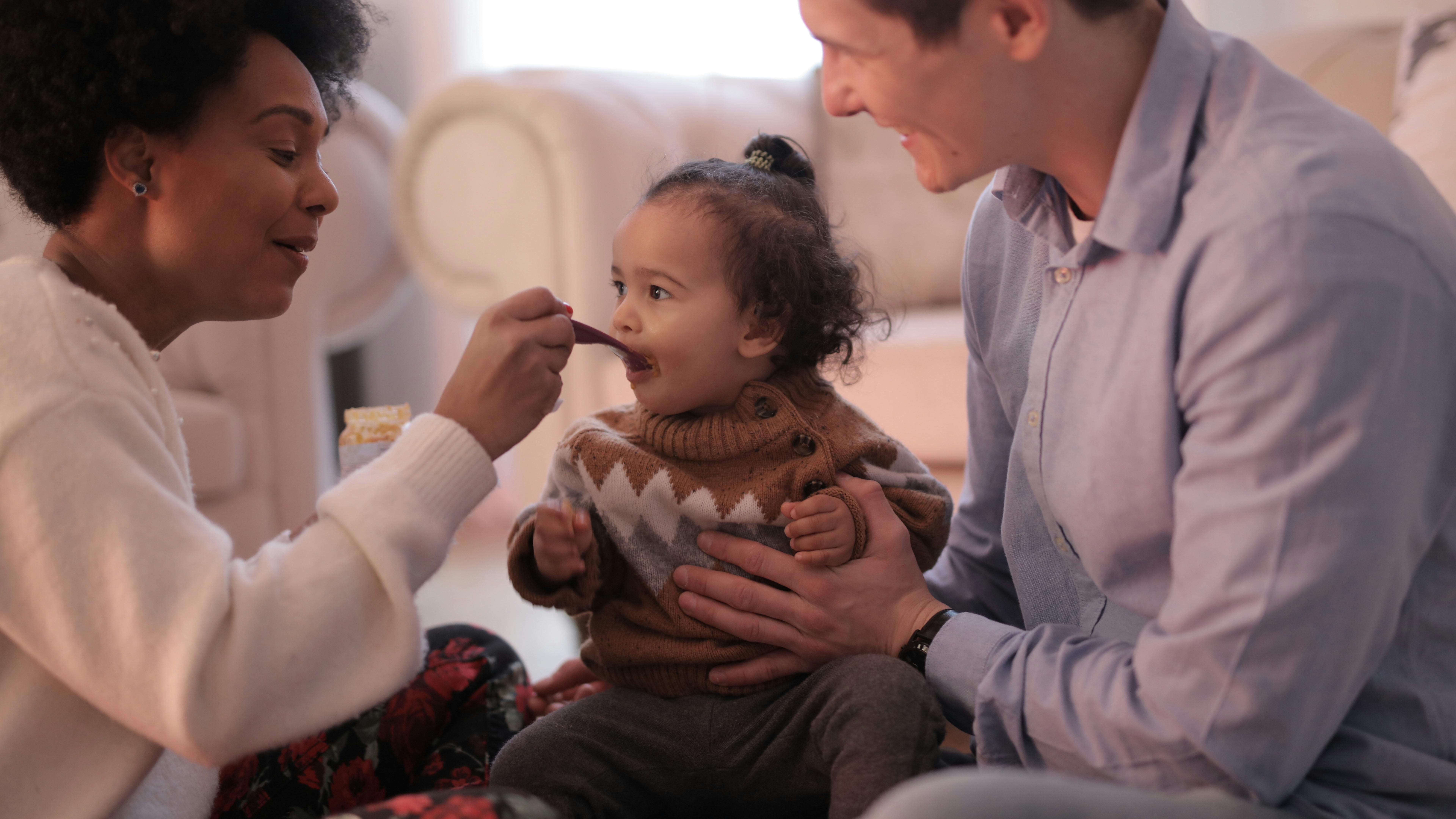
Navigating Cultural Identity: A Journey of Belonging
For immigrants and their descendants, the question of belonging can often resemble a complex tapestry woven from strands of heritage, tradition, and personal experiences. Introspective journeys like that of Maleeha Mahbub illustrate this reality vividly. In her quest to reconnect with her roots, she embodies the challenges faced by many in the diaspora—a dual identity where she sometimes felt too Bangladeshi in America, yet too American in Bangladesh.
Embracing Heritage Through Service
Maleeha’s story unfolds against the backdrop of her initiative focused on women's health in her ancestral village of Susua, Bangladesh. This effort not only serves immediate community needs, such as menstruation education and access to hygiene products, but also acts as a bridge back to her own identity. The phrase “amader meye,” meaning “our daughter,” signifies the acceptance and belonging she craved, handcrafted through her willingness to serve. This heartfelt reciprocation embodies the nuanced parenting challenges immigrant families face as they weave their cultural narratives into their children's lives.
Lessons for Multicultural Families
For immigrant parents striving to raise bicultural children, there are profound insights in Maleeha’s journey. It highlights the importance of embedding cultural values and traditions in everyday life while fostering an inclusive environment. Engaging through service and shared experiences can cultivate a sense of belonging in children, allowing them to navigate their identities with confidence.
Committing to Language Preservation
Maleeha's engagement in her heritage also resonates with parents keen on language preservation. By speaking their native tongue and sharing stories from their childhoods, parents can enrich their children’s understanding of their cultural legacy. Simple practices—like reading bilingual books or having family gatherings that emphasize language and stories—create vibrant pathways for children to connect with their heritage.
Creating Meaning in Multicultural Traditions
As families blend various traditions, capturing the essence of these practices can help children appreciate their diverse backgrounds. For example, incorporating traditional dishes during holidays or creating new family traditions that merge elements from different cultures can foster family bonds and offer children a rich tapestry of experiences to carry forward.
The Importance of Active Engagement
Ultimately, as Maleeha learned, belonging is not a passive sentiment; it is built through meaningful action and engagement. Parents have the chance to create inclusive spaces that reflect their diverse heritages, allowing their children to see the beauty in their multifaceted identities. By embracing this approach, families become stewards of their cultures, passing down lessons and love in a world that often encourages division.
As you reflect on your family's cultural journey, consider how you can integrate these insights into your daily lives, making every moment an opportunity to celebrate, learn, and belong.
 Add Row
Add Row  Add
Add 




Write A Comment